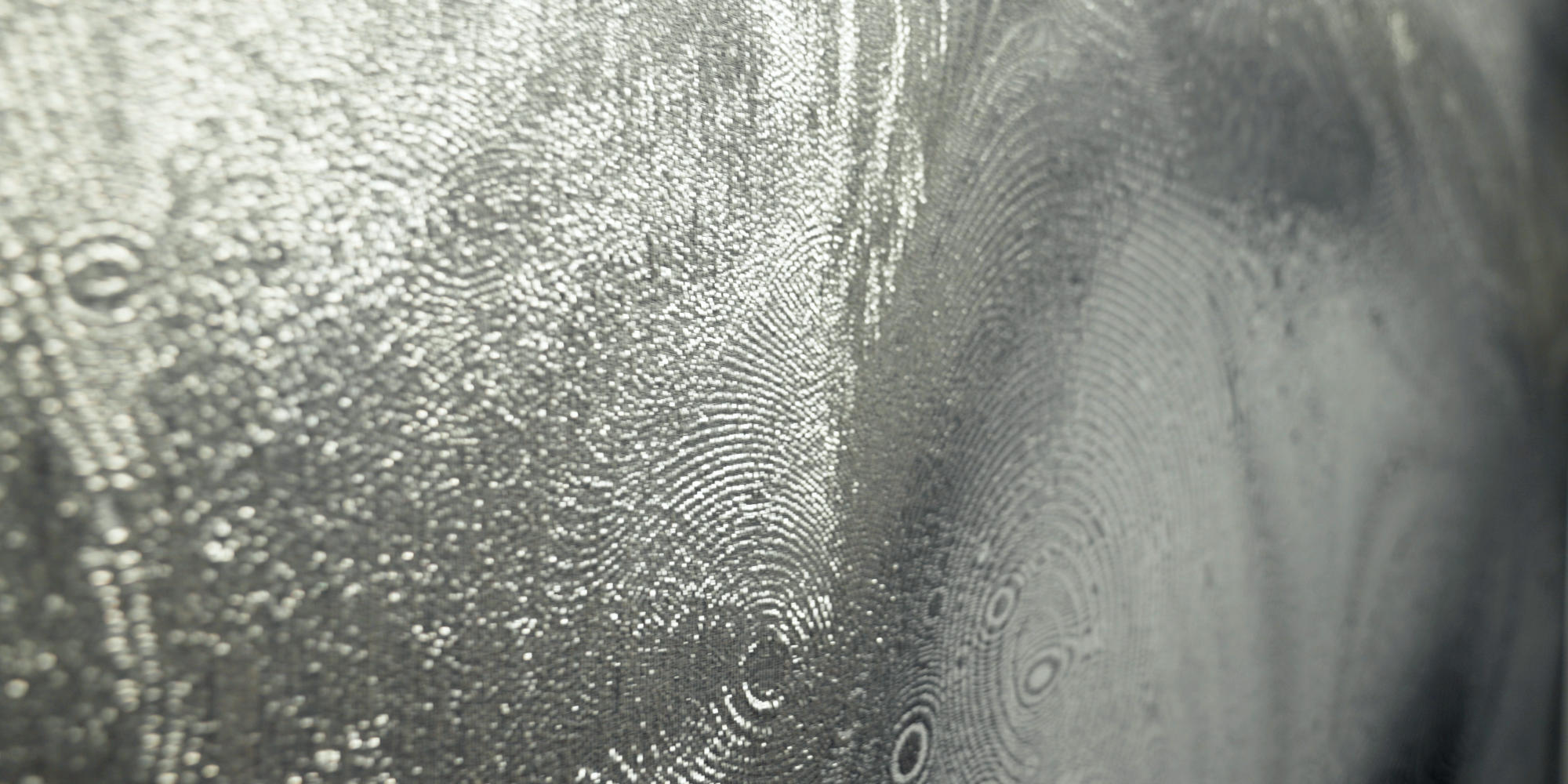Quasicrystal is an R&D project by Ken Furudate , an artist, engineer, and musician, and Hosoo, a traditional Kyoto Nishijin textile company, focusing on the fundamental components of textiles, the woven structure. Throughout their long history, textiles have been composed of a weave structure with periodicity, like a crystalline structure. This project is an attempt to create fabric from a new perspective by actively applying mathematics and algorithms to symbolize the quasicrystal, which has a high order but no periodicity. The project, which evolved from a 2017 R&D project between YCAM (Yamaguchi Center for Arts and Media) and Hosoo, has been selected as one of the projects for the Project to Support Emerging Media Arts Creators (2019), a program hosted by the Agency of Cultural Affairs. With Shoya Dozono, Tatsuki Hayama and Norimichi Hirakawa, who are engaged in computational expression and research activities in different fields such as design, mathematics and art, the project continues to work on creating new meanings and values for cloth with Hosoo craftsmen. They will be passing on the tradition and specialized techniques of Nishijin textiles, which have pursued beauty for 1200 years, to the next generation.
Ken Furudate: Artist/Programmer/Musician Born in 1981. Lives and works in Kyoto. Using minimal elements such as sine waves, pulses, dots and lines, he creates complex phenomena by highlighting their characteristics. His sound installation “Pulses/Grains/Phase/Moiré” won the Grand Prize in the Art Division at the 22nd Japan Media Arts Festival (2019). His project “The SINE WAVE ORCHESTRA” was selected for the Prix Ars Electronica Honorary Mention (2019, 2004). He is a member of Dumb Type and has worked with various artists including Shiro Takatani and Ryuichi Sakamoto.
HOSOO Co., Ltd.: Hosoo was founded in 1688 in the Nishijin district of Kyoto, Japan to serve patrons from the main temples. With a history of more than 1,200 years, Nishijin textiles, a pre-dyed yarn textile of Kyoto, have been admired and cherished by the aristocracy, samurai class, and affluent members of society. Currently, utilizing the traditional Nishijin weaving techniques used for making kimono and obi-belts, unique textiles with a sense of timeless design and innovation continues to expand in Japan and the overseas luxury markets.






